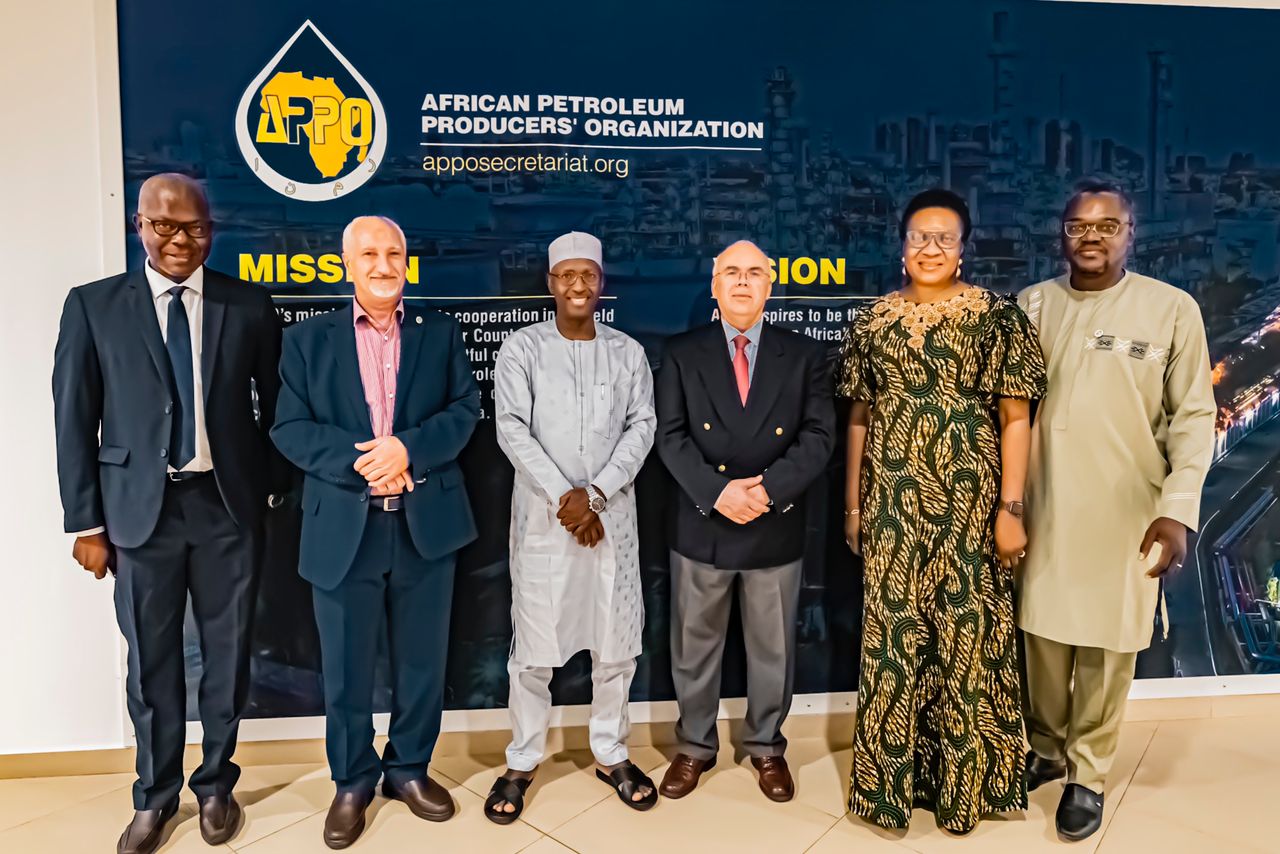Oil is the world’s main source of energy. Its transportation is a major challenge for producing companies but also for nations. The challenges are related to safety, environmental challenges and profitability. This article presents the four main oil transport routes, their evolution over time, as well as the environmental challenges related to these means of transport.
Transportation by pipeline
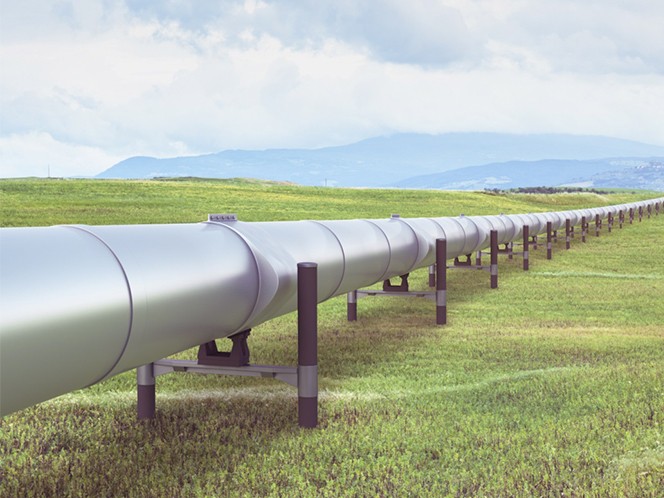
Pipelines are suitable for transporting oil over long distances. Whether it is for the transport of crude oil to refineries, or for the transport of refined products for final consumption, pipelines are used. The construction of the first pipeline dates to 1878-1880. It is the work of the Russian Vladimir Shukhov and is built near Baku. An oil pipeline is nothing more than the specific name for a pipeline carrying oil. These are different welded sections, with a diameter of up to one meter. Pumping stations are installed at the source and along the length of the pipes, up to the final destination to circulate the oil at a low-speed ranging from 5 to 10 km/h. Most oil pipelines are built of steel. They are sometimes weighted with concrete and covered with a tarry material to prevent corrosion. They can also be wrapped in a layer of mineral wool or plastic.
Transportation by tankers
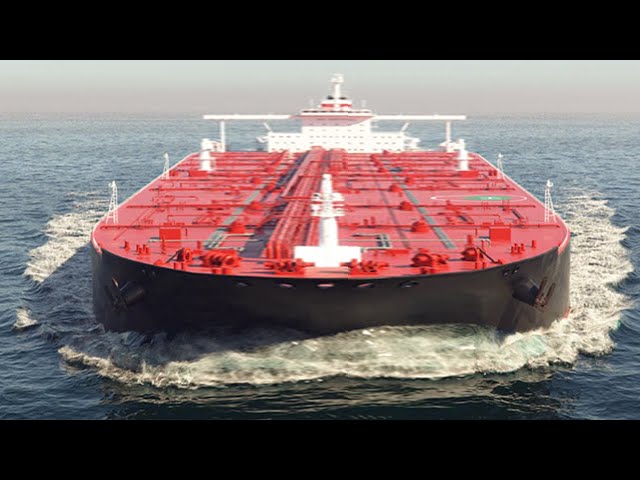
Oil can be transported by cruder or product ships. This mode of transportation dates to the 1880s. Ships transport crude oil from the platforms to the refineries. They also transport the finished product from the refineries to the point of use, or near the railways and storage facilities. Oil transport vessels are called “tankers” or “supertankers” depending on their volume. The capacity of tankers is expressed in dead weight tonnes (dwt), which corresponds to their maximum load. We speak of ULCC (Ultra Large Crude Carriers) for ships above 320,000 dwt, VLCC (Very Large Crude Carriers) for ships from 200,000 to 349 999dwt. The Suezmax have a capacity of 125,000 to 199,999 dwt, the Aframax a capacity of 80,000 to 124,999dwt, and the Panamax can carry 50,000 to 79,999 dwt. The largest tanker ever built is the Seawise Giant, which had a capacity of 565 KT, with a length of nearly half a kilometer. He stopped sailing in 2009.
Rail and truck transportation
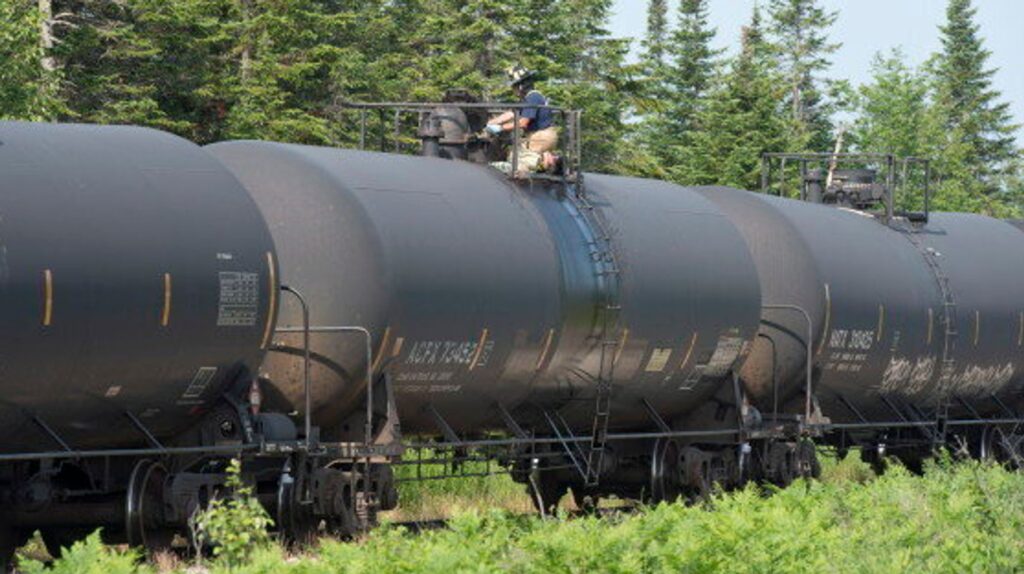
The transportation of oil by rail dates to the 1860s. This mode of transport is implemented using tank cars pulled by locomotives. Formerly made of wood, modern tank wagons are equipped with special couplers. The advantage of rail transport is that trains can run on all tracks, and the size of the loads can be adapted according to demand.
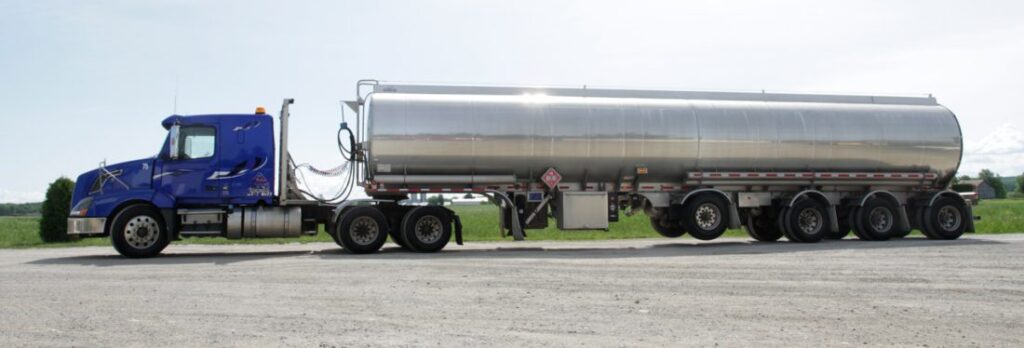
As for the transport of oil by truck, it is generally used to supply filling stations with refined products. Trucks transport oil in cylindrical containers similar to tank cars pulled by trains. Oil products is often divided into separate compartments, which allows a single truck to transport different grades of petroleum products. So, a single truck can transport all types of oil products needed for a gas station in a single trip. Outside of stations, trucks are useful for supplying airports with jet fuel.
Risk and risk mitigation
There are many risks associated with transporting hydrocarbons. If we set aside security risks (piracy, vandalism, etc) and focus on those related to the environment, they are legion. As far as oil pipelines are concerned, their construction is a source of disruption to ecosystems, and it is up to the teams, during the design of projects and their execution, to do everything possible to minimize the impact on the environment and, in general, on human or animal life, on the soil, water, and air. In addition, oil can leak out of pipelines due to sabotage, design flaws or obsolescence, which can affect ecosystems. Operators therefore install pumping stations to monitor the pressure in the pipelines, and trigger corrective actions in the event of problems. Maritime transportation has the lowest risk of spills, but when it happens, the consequences on the environment are huge (Amoco Cadiz – 1978, Erika – 1999, Prestige – 2002). These oil spills are highly publicized, but the risks are now minimized with the construction of double-hulled ships. As far as trains and trucks are concerned, spills are more frequent, but they involve a small quantity of petroleum products. These risks are minimized through laws and regulations aimed at preventing accidents.

